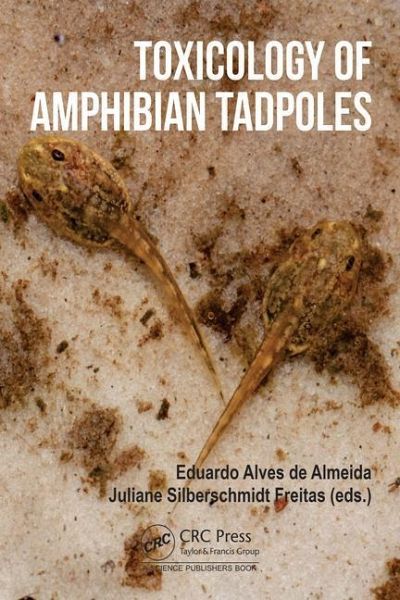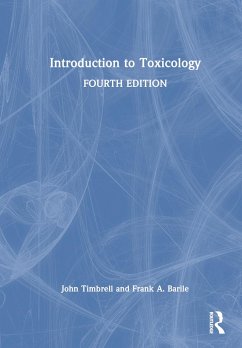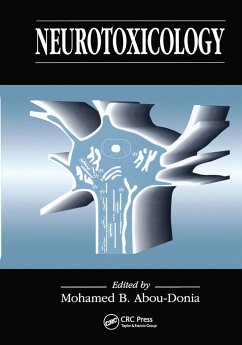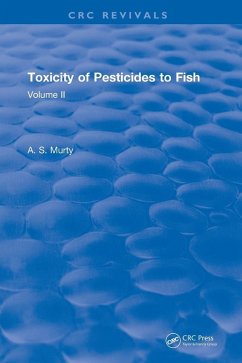
Toxicology of Amphibian Tadpoles
Versandkostenfrei!
Versandfertig in 1-2 Wochen
151,99 €
inkl. MwSt.
Weitere Ausgaben:

PAYBACK Punkte
76 °P sammeln!
Anuran amphibians are among the animal groups with the highest rate of population decline on the planet. Among the factors driving this decline are environmental pollutants, whose negative effects on larvae and tadpoles are still relatively little studied.














